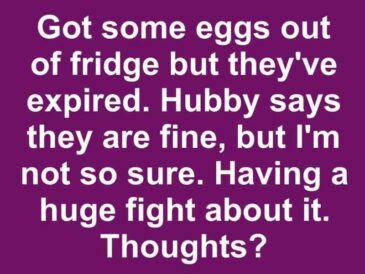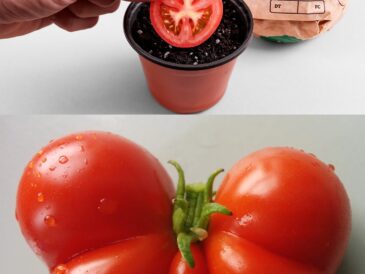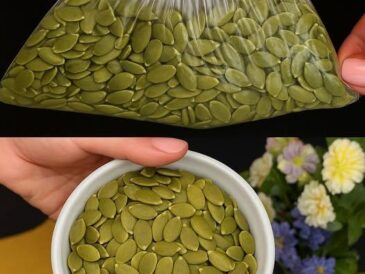✅ How to Do It:
- Place a drop of honey on your thumb.
- Check if it stays in place or spreads.
🔬 Result:
- Pure honey will stay intact.
- Fake honey will run or spread quickly.
🍯 5. Crystallization Test
✅ How to Observe:
- Keep honey in a cool place for a few days.
🔬 Result:
- Pure honey tends to crystallize (solidify) over time.
- Adulterated honey remains smooth and syrupy because of added glucose or high-fructose corn syrup.
🧠 Scientific Study:
According to a 2015 study published in the Journal of Food Science and Technology, crystallization is a natural process of pure honey due to its glucose-to-fructose ratio and presence of natural particles like pollen. Adulterants interfere with this process.
🧪 6. Vinegar Test
✅ How to Do It:
- Mix a tablespoon of honey, a little water, and 2–3 drops of vinegar.
🔬 Result:
- If the mixture foams, the honey may contain chalk or other impurities.
📊 Scientific Methods (Laboratory Analysis)
For the most accurate results, laboratory tests are conducted using:
- NMR (Nuclear Magnetic Resonance): Detects the source and composition of the honey.
- LC-MS (Liquid Chromatography-Mass Spectrometry): Detects sugar adulterants like corn syrup.
- Pollen Analysis (Melissopalynology): Determines the botanical origin.
A 2020 report by the European Commission found that 32% of imported honey samples were likely adulterated, especially with sugar syrups made from rice, corn, or beet.
🛒 How to Buy Pure Honey: Tips
- Buy from trusted local beekeepers or certified organic brands.
- Read the label carefully – check for terms like “pure,” “raw,” “unfiltered.”
- Look for certifications like USDA Organic, EU Organic, or local food safety authority seals.
🧠 Final Thoughts
While home tests give a good indication, they are not always 100% reliable. The best way to ensure purity is to buy from reputable sources and look for scientific certification. Knowing how to test honey can help protect your health, your money, and your confidence in one of nature’s sweetest gifts.




